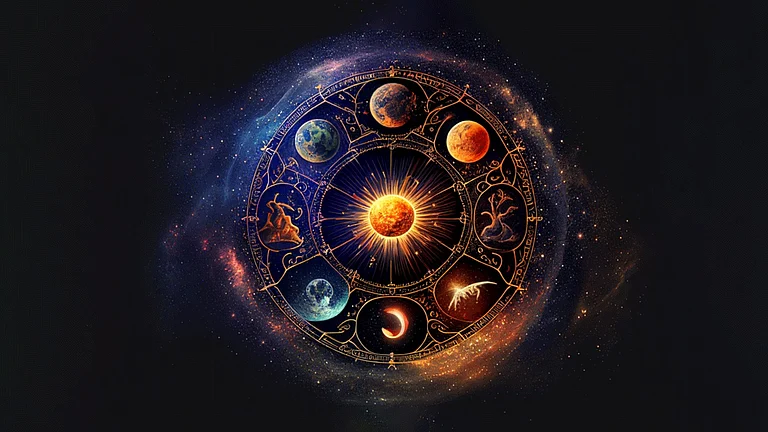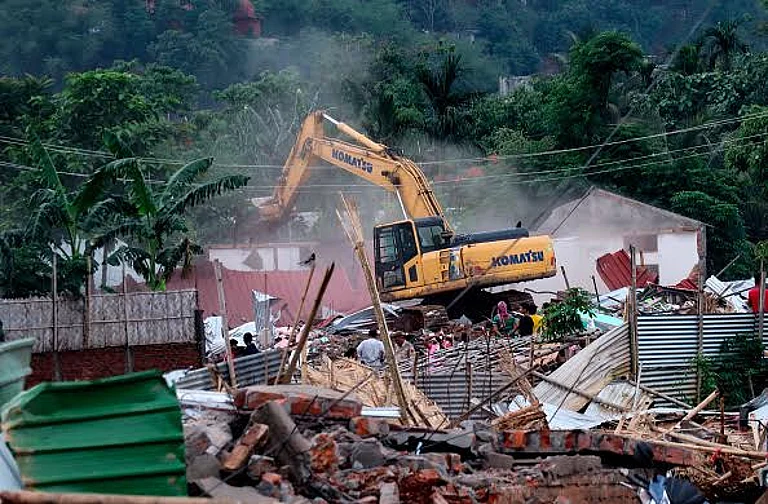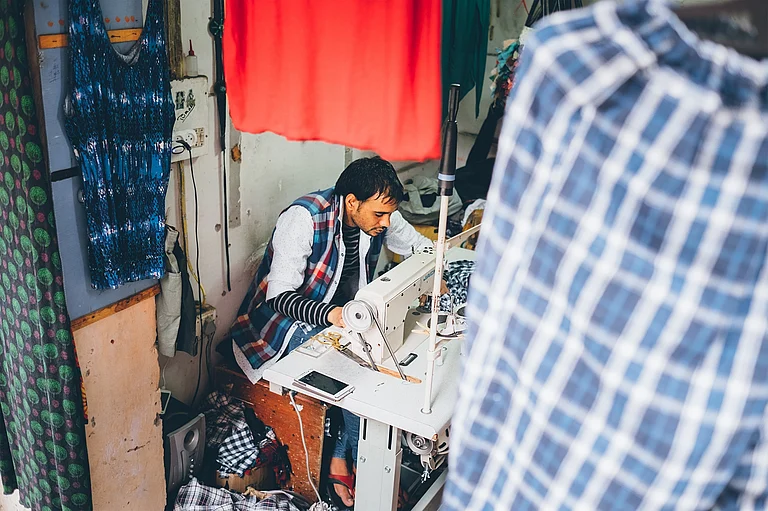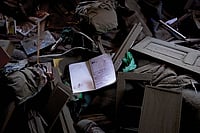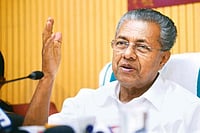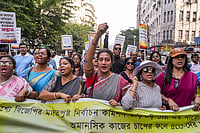The Indian Space Research Organisation (ISRO) has integrated the assembly containing the Chandrayaan-3 spacecraft with the Geosynchronous Launch Vehicle Mark III (GSLV Mk-III) at the Satish Dhawan Space Centre in Sriharikota. The lunar exploration mission is all set for launch on July 13.
The Chandrayaan-3 spacecraft is a follow-on mission to Chandrayaan-2 to demonstrate end-to-end capability in safe landing and roving on the lunar surface. The spacecraft is fully integrated and has a lander and rover configuration - which will carry out in-situ chemical analysis of the lunar surface during the course of its mobility, according to ISRO.
The payload fairing on top of the rocket contains the lander, rover integrated with the Propulsion Module that will carry it to an altitude 100 kilometers above the Moon, before separating.
Chandryaan 3 Launch Date
"We will be able to do a soft landing on the Moon. July 13 is the first possible launch day and it could go up to 19th," ISRO Chief S Somnath had announced recently. Earlier, Somnath had said the period between July 12 to July 19 is optimal for launch when the orbital dynamics will ensure minimal fuel and higher efficiency in the journey to the Moon.
The ISRO has set three main objectives for the lunar mission - successfully achieving a safe and gentle landing on the Moon, demonstrating the rover's ability to move around on the lunar surface, and conducting scientific observations directly on-site (in-situ).
Launcher for Chandrayaan 3
The Chandrayaan-3 spacecraft will be launched by LVM3 from Satish Dhawan Space Centre in Sriharikota. The propulsion module will carry the lander and rover configuration till 100 km lunar orbit.
The spacecraft consists of an indigenous Lander module (LM), Propulsion module (PM) and a Rover with an objective of developing and demonstrating new technologies required for Inter planetary missions, according to ISRO.
The Lander will have the capability to soft land at a specified lunar site and deploy the Rover which will carry out in-situ chemical analysis of the lunar surface during the course of its mobility. The Lander and the Rover have scientific payloads to carry out experiments on the lunar surface. The main function of PM is to carry the LM from launch vehicle injection till final lunar 100 km circular polar orbit and separate the LM from PM.
What is next?
The rocket assembly process for Chandrayaan-3 which began in May has been completed with only the final round of tests left for the ISRO to complete.
The assembly was completed in UR Rao Satellite Centre (URSC) in Bangalore. The rocket will undergo final testing before being moved from the vehicle assembly building to the second launchpad next week.
This ambitious mission follows the Chandrayaan-2 mission, which was successfully launched and inserted into lunar orbit in 2019 but crash-landed on the Moon's surface due to a 'software glitch'







